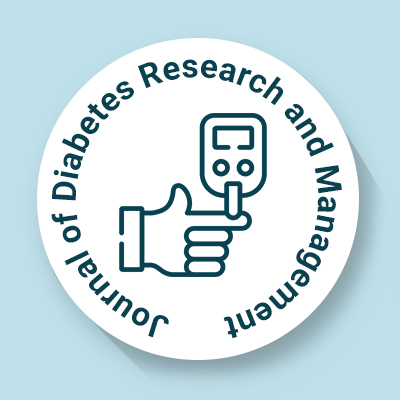
Journal of Diabetes Research and Management
OPEN ACCESS

OPEN ACCESS
Type 2 diabetes (T2D) is a chronic condition characterized by consistently high blood sugar levels, known as hyperglycemia. Normal blood glucose levels range from 70 to 99 milligrams per deciliter (mg/dL). In individuals who have not been diagnosed with Type 2 diabetes, blood sugar levels typically measure 126 mg/dL or higher.
Type 2 diabetes occurs when the pancreas does not produce enough insulin, the body does not use insulin effectively, or a combination of both issues. This differs from Type 1 diabetes, which is the result of an autoimmune response that attacks the pancreas, leading to a total cessation of insulin production.
Type 2 diabetes differs from type 1 diabetes, which is characterized by an insulin deficiency caused by the destruction of the islet cells in the pancreas. The two types of diabetes can usually be differentiated based on the circumstances in which they present. In cases of diagnostic uncertainty, antibody testing can help confirm type 1 diabetes, while measuring c-peptide levels can be useful for confirming type 2 diabetes.
Insulin resistance is the primary factor behind Type 2 diabetes. This condition occurs when the cells in muscles, fat, and the liver no longer respond effectively to insulin. Insulin, a crucial hormone made by the pancreas, helps regulate blood glucose levels. When the body becomes unresponsive to insulin, the pancreas compensates by producing more of it to manage the increasing blood glucose levels, leading to a state known as hyperinsulinemia. Eventually, if the cells become sufficiently resistant and the pancreas can't produce enough insulin to meet the body's needs, Type 2 diabetes develops.
Type 2 Diabetes can be managed through lifestyle changes, reducing cardiovascular risk factors, appropriate medication, and monitoring blood sugar levels. There is currently no cure for the condition. Researchers understand that genetics plays a significant role in this disorder. If one biological parent has Type 2 Diabetes, the lifetime risk of developing it is 40%, and if both biological parents have the condition, the chances increase to 70%.